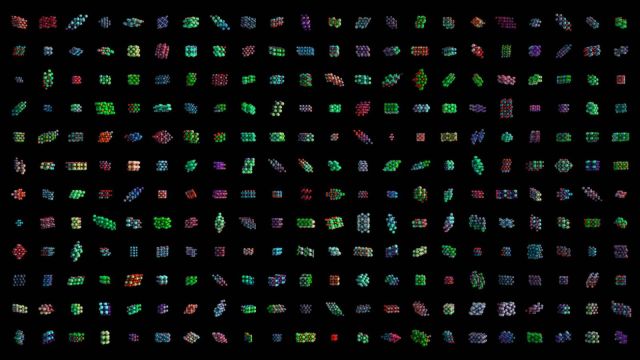Microsoft shows how Gen AI can aid material discovery with MatterGen AI model
MatterGen is capable of generating new materials with specific properties, essentially shifting how scientists develop new materials.
 MatterGen can accelerate the development of advanced materials. (Image: Microsoft)
MatterGen can accelerate the development of advanced materials. (Image: Microsoft)Generative AI is making rapid strides in different areas of science, the latest being Microsoft Research’s MatterGen, an AI model that can generate new materials with specific properties. This is monumental as it is a major shift in how scientists discover new materials.
To simplify, think of how scientists discover new materials to create better batteries, efficient computers, or even capture carbon dioxide. Usually, researchers spend hundreds of man-hours in labs testing different combinations of elements to find materials with their desired properties. Now, this is a prolonged process and comes with many limitations. If there was a computer that could visualise new materials—essentially materials that don’t exist yet but could have incredible properties. This is what MatterGen does.
Understanding MatterGen
The AI model uses a diffusion architecture that generates atom types, coordinates, and crystal structures across the periodic table all at the same time. The research paper revealed that MatterGen produced stable materials two times more effectively than previous methods. These materials had structures that were 10 times closer to their optimal energy states.
The AI model has a companion system known as MatterSim, which helps it validate the generated structures, creating an integrated pipeline for materials discovery. The model can be fine-tuned to create materials with specific properties while considering the design’s practical limitations.
In simple words, MatterGen learns from existing materials. Just as reading more to write better, the model studies thousands of known materials. The diffusion model allows MatterGen to start with randomness and refine it step by step to create a material structure. Moreover, scientists can ask MatterGen to design materials with specific qualities like being strong, magnetic, or even lightweight. MatterGen can be finetuned; essentially, if researchers are interested in a specific material, the model can focus on it by studying additional examples.
Why is this a breakthrough?
For starters, while testing materials in a lab can take years the new AI model can come up with ideas in seconds. Besides, it is creative and can suggest entirely new material that we may not even think of. Most materials MatterGen has created so far have matched the specific properties sought by the researchers. During the research, the scientists developed magnets without rare Earth elements, which are expensive and difficult to obtain. The AI model also proposed materials for storing energy in batteries more efficiently.
Why this is important
If AI models like MatterGen can design materials faster, they can improve technology substantially. It would mean better phones, stronger buildings, and even cleaner energy. If we can find materials that are cheaper and more sustainable with such AI, the world can combat issues like pollution and scarcity of resources.







